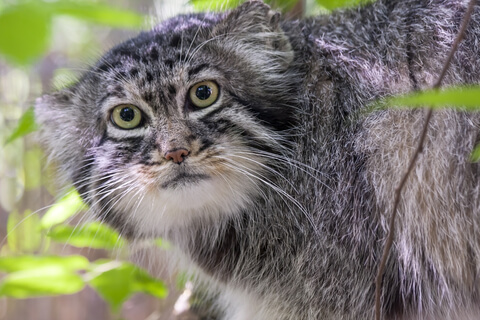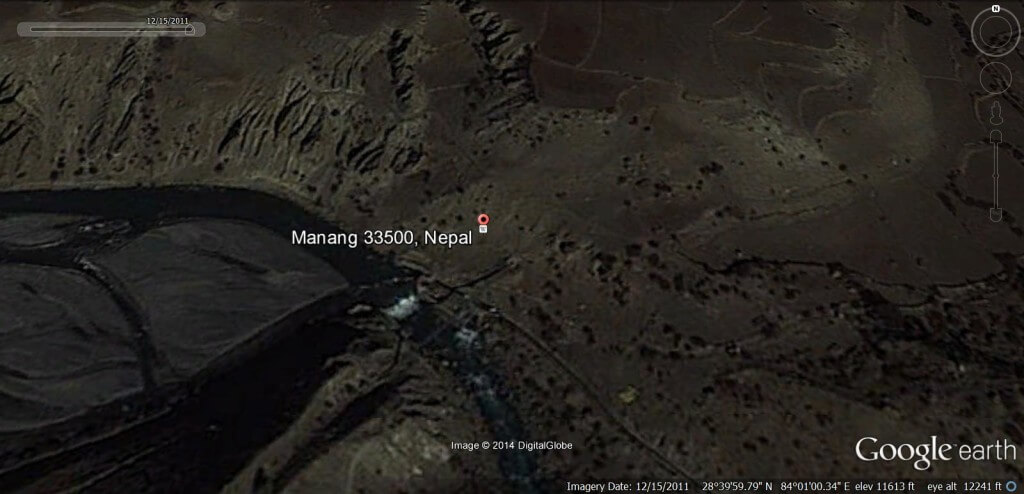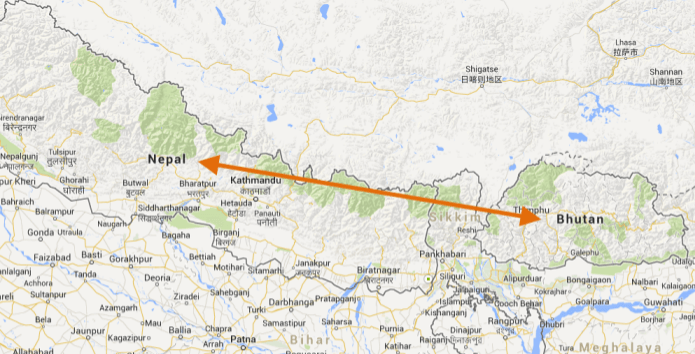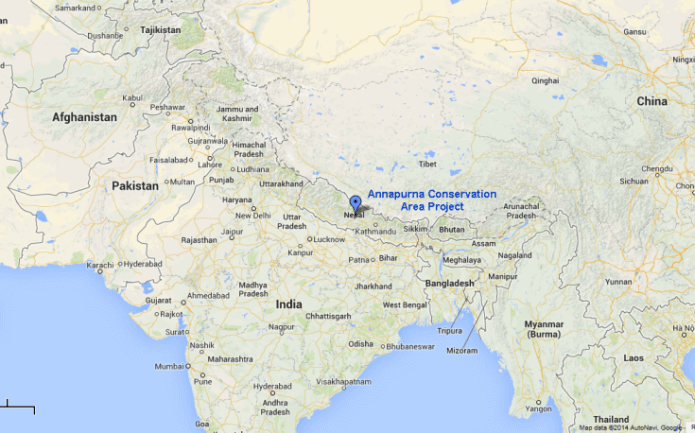While studying snow leopards, researchers from the Annapurna Area Conservation Project have photographed a Pallas’s cat. According to a report by the Himalayan News Service, fourteen pictures of the cat were taken by 11 cameras that had been set up above the village of Manang.
The first 8 photos were taken in December 2012. An additional 6 images were recorded in December 2013. The images were discovered by Bikram Shrestha, program coordinator for the Snow Leopard Conservancy. The research project was conducted by the Snow Leopard Conservancy and the National Trust for Nature Conservation/Annapurna Conservation Area Project. Local students in grades 6 -8 who had received training in snow leopard monitoring, including how to install and maintain the cameras, also helped on the project.
From Shrestha’s journal:
“I received the camera trap data in November 2013 to analyze and send to Snow Leopard Conservancy-USA. The camera trap from Aangumie Lapche captured the strange species. I was surprised because it was the small size of a snow leopard cub. But no adult snow leopard was captured with it. It was also not similar to other small mammals like the leopard cat and lynx which were recorded in ACAP, so these images continued to confuse me. I sent the report to Dr. Som Ale on 26 November 2013 and our team continued studying all images in attempts to identify the species.”
You can read the report by the Snow Leopard Conservancy and see some of the images here.
The Pallas’s cat is a small wild cat that inhabits Central Asia. Although there has been some speculation that the species could be found in Nepal, this is the first time the cat has been seen in this area. In 2012, camera traps captured images of the Pallas’s cat in Bhutan’s Wangchuck Centennial Park – the first time the cat had been seen in the Eastern Himalayas. The Pallas’s cat is listed as near threatened on the IUCN Red List of Threatened Species.
The Annapurna Conservation Area was established in 1985, and the Annapurna Conservation Area Project was launched in 1986.
Annapurna, a Sanskrit word usually translated as “Goddess of the Harvests,” is an area of the Himalayas in north-central Nepal. The region, which is the largest protected area in Nepal, is home to more than 102 mammals, as well as 474 birds, 39 reptiles, 22 amphibians and 1,226 species of flowing plants.





I’m really interested in this cat ; I’m constructing a picture book about the big cats and related species so any information will be gratefully accepted.